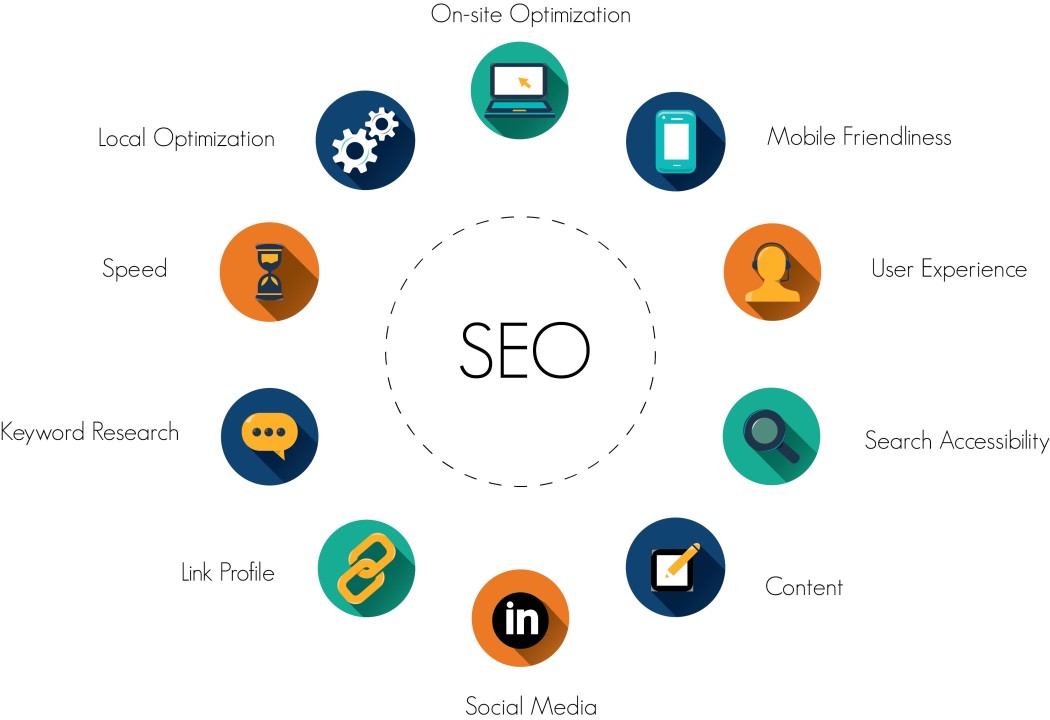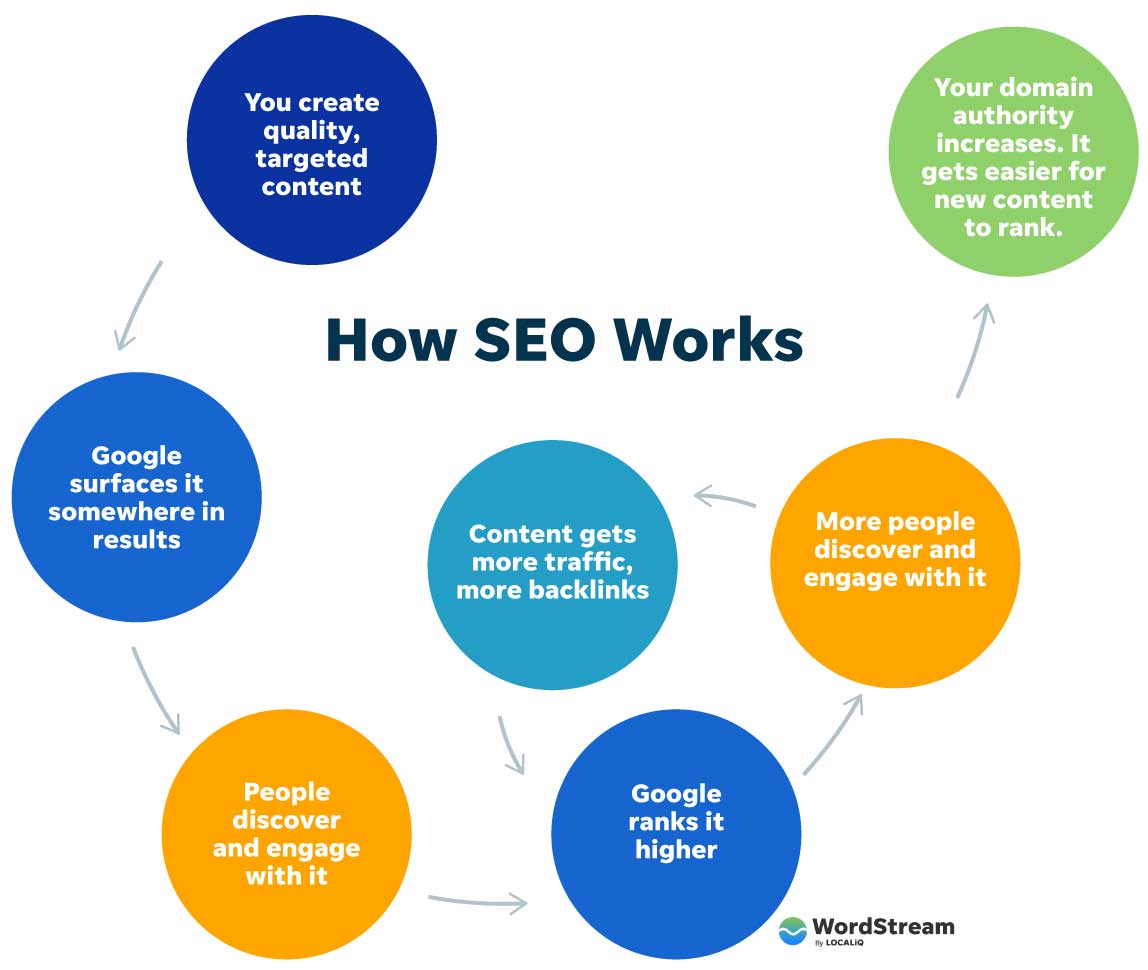Debunking What Is Ruled Out a Default Medium in Google Analytics
Debunking What Is Ruled Out a Default Medium in Google Analytics
Blog Article
Thinking Outside the Box: Leveraging Unconventional Mediums to Optimize Google Analytics Performance
In the world of digital advertising, the mission for improved Google Analytics efficiency has actually ended up being a tactical vital for services looking for to fine-tune their on the internet visibility. Typical approaches commonly fall short in capturing the complete range of consumer communications and actions. However, by checking out non-traditional mediums as methods of information collection, a new realm of opportunities arises. These undiscovered areas provide a wealth of untapped understandings that might possibly revolutionize the means we comprehend and optimize our digital approaches.
One-of-a-kind Data Sources

CRM systems, as an example, can provide insights right into private customer communications, purchase history, and choices, which can be integrated with Google Analytics information to produce more personalized advertising and marketing methods. Social network platforms offer beneficial information on customer demographics, rate of interests, and engagement metrics, permitting organizations to gauge the performance of their social networks campaigns and enhance web content for far better performance. Email marketing data, consisting of open rates, click-through prices, and conversion metrics, can also be leveraged to track user interaction and behavior past website communications caught by Google Analytics. By leveraging these unique data resources, services can refine their approaches, improve targeting initiatives, and enhance general Google Analytics performance.
Social Network Insights

Moreover, social media sites analytics devices make it possible for businesses to track key performance indications, monitor project effectiveness, and gauge the effect of their on the internet activities. Understanding the demographics of fans, determining prominent web content motifs, and examining engagement levels can assist businesses customize their advertising approaches for much better results.
Offline Advertising And Marketing Combination
Incorporating offline advertising and marketing approaches with digital analytics can boost general project performance and give a much more thorough understanding of consumer habits. what is not considered a default medium in google analytics. By connecting the void between online and offline initiatives, businesses can track the effect of standard advertising and marketing networks such as print advertisements, TV commercials, direct-mail advertising, and events on their on the internet visibility

In addition, applying call radar for offline marketing tasks check it out makes it possible for services to catch beneficial information on client inquiries created with published promotions or materials (what is not considered a default medium in google analytics). By examining telephone call data alongside on-line metrics in Google Analytics, companies can acquire deeper insights right into the client trip and enhance marketing strategies for enhanced performance across all channels
IoT and Wearable Modern Technology
Using IoT and wearable technology in electronic analytics can change information collection and consumer understandings for companies looking for a much deeper understanding of individual actions patterns. These ingenious technologies use a smooth way to gather real-time information from different touchpoints. IoT gadgets can track individual interactions with products or solutions, giving valuable details on usage patterns and preferences. Wearable modern technology, such as smartwatches or health and fitness trackers, can provide understandings right into individual activities, health and wellness metrics, and even location data.
Gamification Strategies
The implementation of gamification approaches in electronic analytics provides an ingenious method to boosting customer engagement and driving workable understandings for services. By including game-like aspects such as factors, badges, leaderboards, and compensates into the analytics interface, firms can encourage customers to connect a lot more often and meaningfully with the data.
Gamification encourages individuals to check out various features of the analytics platform, uncovering beneficial understandings that could have or else gone unnoticed. Via interactive challenges and progress monitoring, users are incentivized to dig deeper into the data, causing boosted time invested on the platform and a greater probability of uncovering essential patterns or patterns.
Moreover, gamification can foster a feeling of competition among customers, spurring them to pursue higher performance and engagement degrees. This competitive spirit can drive boosted customer adoption rates and a more comprehensive utilization of the analytics tools readily available. Inevitably, by leveraging gamification techniques in digital analytics, companies can produce an extra effective and interesting setting for users, resulting in more informed decision-making and improved overall performance.
Conclusion
In verdict, leveraging unconventional mediums such as special information resources, social media insights, offline marketing assimilation, IoT and wearable modern technology, and gamification approaches can optimize Google Analytics performance. By believing outside the box and checking out these alternate resources of information, services can get valuable insights and boost their overall advertising and marketing strategies. It is essential for firms to continuously explore brand-new means to collect information and evaluate it in order to stay ahead in the ever-evolving digital landscape.
By incorporating information from resources such as consumer partnership monitoring (CRM) systems, social media systems, and email marketing projects, companies can get a more thorough understanding of their audience behavior and interaction patterns. Social media platforms use useful data on user demographics, rate of interests, and engagement metrics, allowing businesses to evaluate the efficiency of their social media projects and enhance web content for better performance. By leveraging these unique information resources, organizations can improve their methods, boost targeting initiatives, and improve overall Google Analytics efficiency.
Exploring social media understandings can give companies with beneficial information Discover More Here on individual demographics, interests, and engagement metrics, enabling for informed decision-making and strategic optimization of advertising and marketing redirected here efforts. By believing outside the box and exploring these different resources of information, organizations can get useful insights and enhance their overall marketing strategies.
Report this page